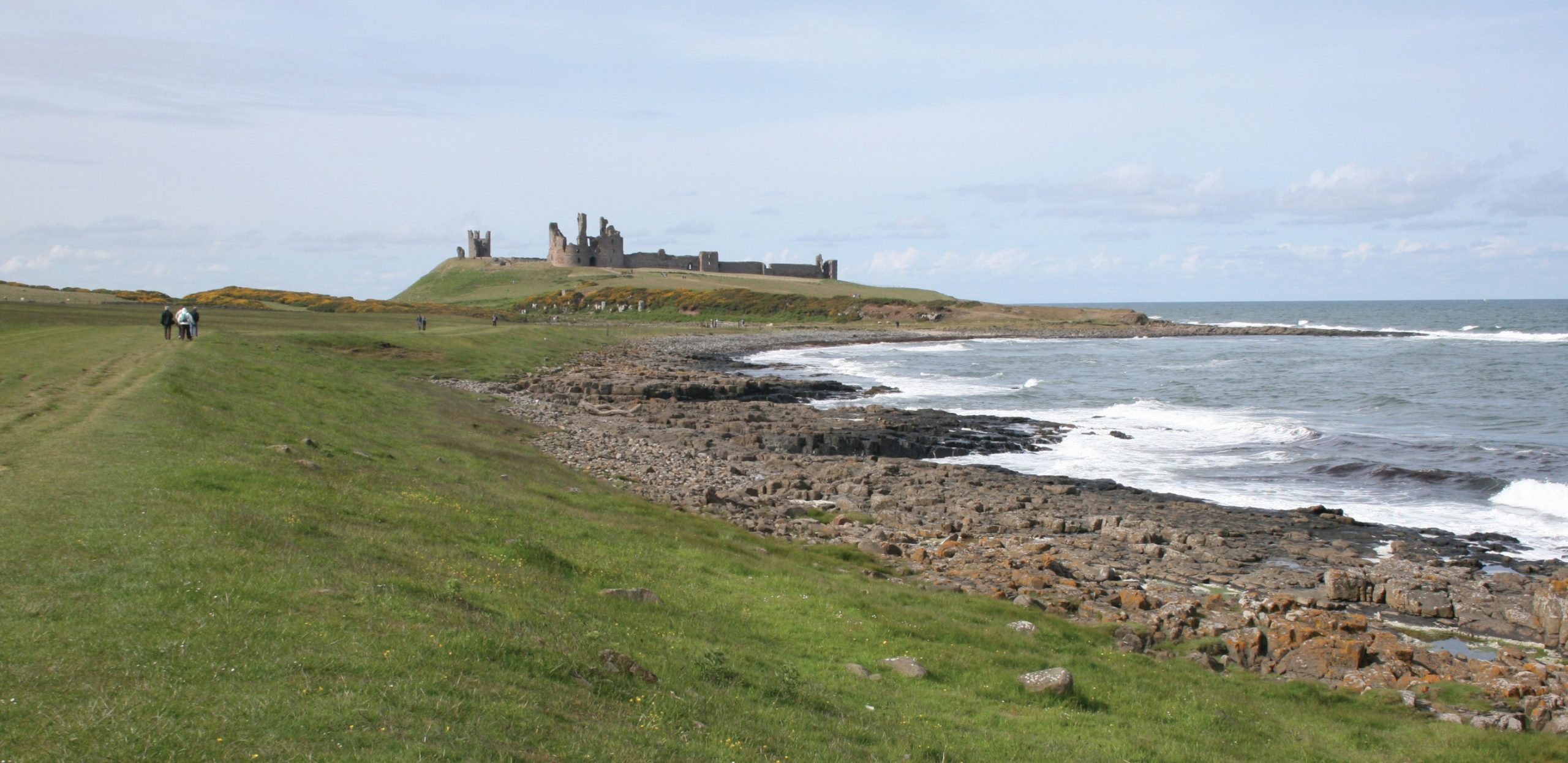
The coastal walk to Dunstanburgh Castle in Northumberland is one of the most popular in the country, but few people who take the trip will notice the subtlety of the coastal geomorphology. Although it is less obvious than some of the classic ‘raised beaches’ in Scotland, there is still clear evidence of the history of post-glacial sealevel rise during the Holocene.
After a period of glaciation, there are two processes that occur to alter the position of the coastline. One is the eustatic rise in sea level as ice melts. The term eustatic refers to global changes in the sea level due to water mass being added or removed. The other is isostatic rebound which happens in places where an ice sheet has melted and the overburden pressure has been removed. The Earth’s crust bobs up, just like a beach ball that has been pressed down into water. Isostacy refers to the way in which tectonic plates ‘float’ at an elevation which depends on their thickness and density.
Your organisation does not have access to this article.
Sign up today to give your students the edge they need to achieve their best grades with subject expertise
Subscribe




